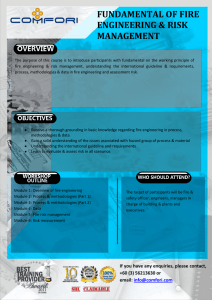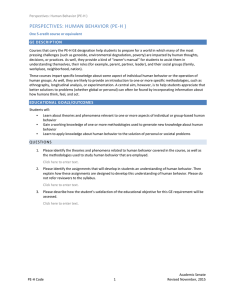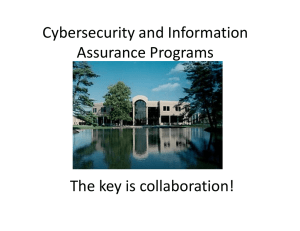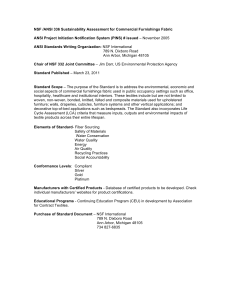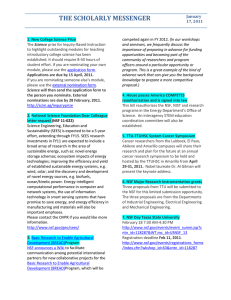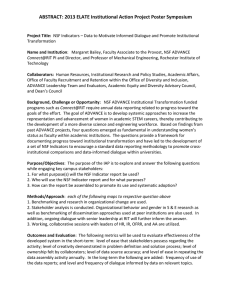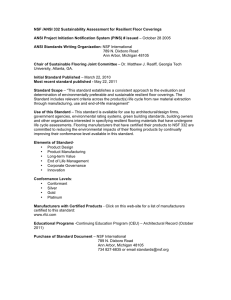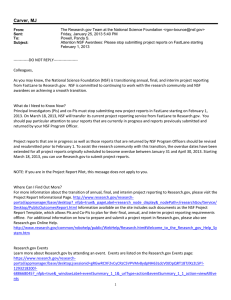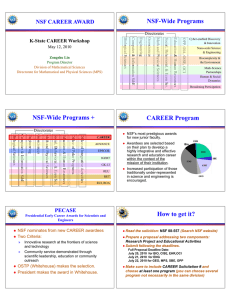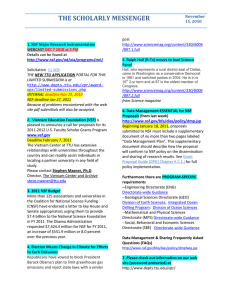Int. J. Engng Ed. Vol. 20, No. 4, p. 520,... 0949-149X/91 $3.00+0.00 Printed in Great Britain. # 2004 TEMPUS Publications.
advertisement
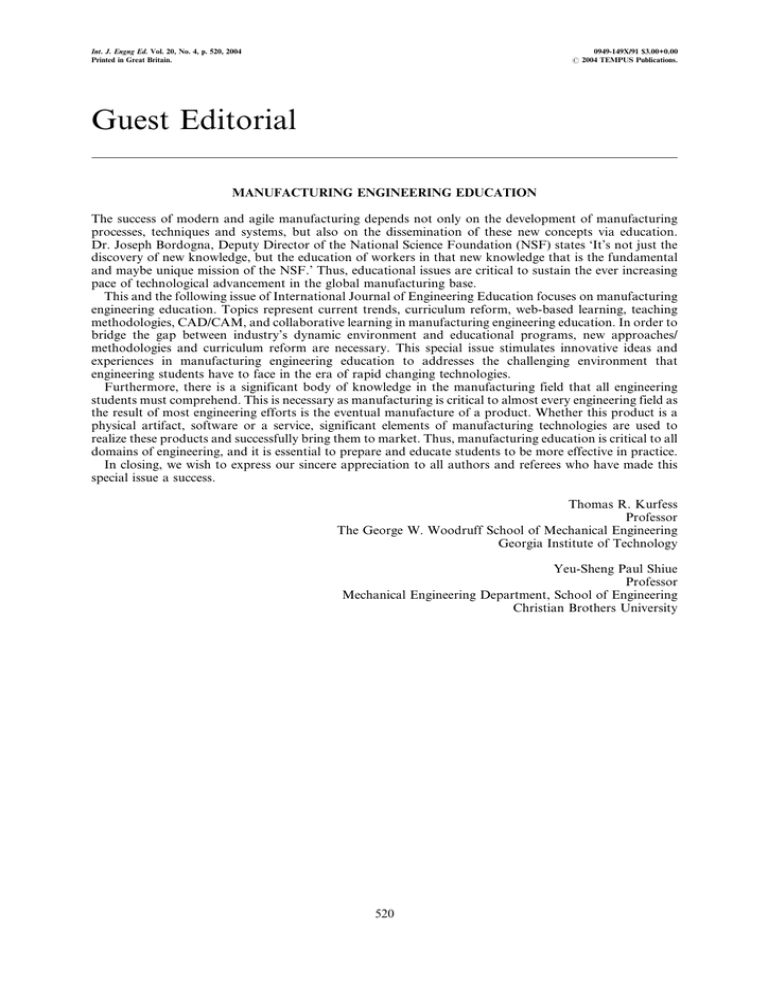
Int. J. Engng Ed. Vol. 20, No. 4, p. 520, 2004 Printed in Great Britain. 0949-149X/91 $3.00+0.00 # 2004 TEMPUS Publications. Guest Editorial MANUFACTURING ENGINEERING EDUCATION The success of modern and agile manufacturing depends not only on the development of manufacturing processes, techniques and systems, but also on the dissemination of these new concepts via education. Dr. Joseph Bordogna, Deputy Director of the National Science Foundation (NSF) states `It's not just the discovery of new knowledge, but the education of workers in that new knowledge that is the fundamental and maybe unique mission of the NSF.' Thus, educational issues are critical to sustain the ever increasing pace of technological advancement in the global manufacturing base. This and the following issue of International Journal of Engineering Education focuses on manufacturing engineering education. Topics represent current trends, curriculum reform, web-based learning, teaching methodologies, CAD/CAM, and collaborative learning in manufacturing engineering education. In order to bridge the gap between industry's dynamic environment and educational programs, new approaches/ methodologies and curriculum reform are necessary. This special issue stimulates innovative ideas and experiences in manufacturing engineering education to addresses the challenging environment that engineering students have to face in the era of rapid changing technologies. Furthermore, there is a significant body of knowledge in the manufacturing field that all engineering students must comprehend. This is necessary as manufacturing is critical to almost every engineering field as the result of most engineering efforts is the eventual manufacture of a product. Whether this product is a physical artifact, software or a service, significant elements of manufacturing technologies are used to realize these products and successfully bring them to market. Thus, manufacturing education is critical to all domains of engineering, and it is essential to prepare and educate students to be more effective in practice. In closing, we wish to express our sincere appreciation to all authors and referees who have made this special issue a success. Thomas R. Kurfess Professor The George W. Woodruff School of Mechanical Engineering Georgia Institute of Technology Yeu-Sheng Paul Shiue Professor Mechanical Engineering Department, School of Engineering Christian Brothers University 520
